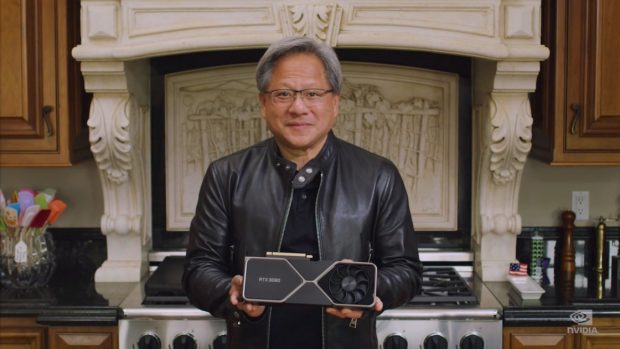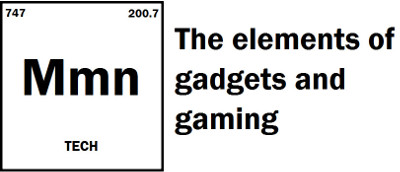

Can AMD’s RDNA2 compete with amp’d up Ampere?
Nvidia finally took the wraps off one of the worst kept secrets in tech this year. We now know what their upcoming Ampere line of graphics processors are going to look like, and more importantly, how they perform.
To say the company has substantially raised the bar is a bit of an understatement. The word “beast” has been thrown around a lot latelywith good reason. Ampere is promising to deliver up to 30 TFLOPs at base clocks, with 80-90% improvements across all performance tiers versus the Turing microarchitecture. Something which was, at least in part, confirmed by Digital Foundry. (Though actual frame rate numbers are still presumably under NDA.) This is probably the biggest jump we’ve seen since Maxwell cards were surpassed by the legendary GTX 10 Pascal back in 2016.
More importantly, these cards absolutely mop the floor with the GPUs found in the upcoming Xbox Series X and PlayStation 5. Well, at least on paper. This means that PC gamers should be able to get performance comparable to next gen consoles out of comparatively inexpensive cards. Such as the inevitable RTX 3060, which will likely be due out sometime in early 2021.
So, the big question is what this mean for fans of Team Radeon. Well, we already have some hints about what their upcoming RDNA2 microarchitecture can do. 12.1 TFLOPs at 1.8 GHz, across 3,328 shader cores. Which, crunching the numbers here, should give “Big Navi” near identical performance to Ampere assuming similar core counts for both. (Casual reminder that floating point performance usually isn’t the most important metric for games.) But if AMD can make it cheaper, they could have a winner on their hands. RDNA1 cards are already a better value than Nvidia’s ray tracing-less GTX 16 series. So it’s not as if they’re way out there in terms of standing up to Team Green.
It seems AMD is mainly focusing on a 50% improvement on performance-per-watt for RDNA2, which makes sense. The first gen Navi cards aren’t exactly power sippers. So those improvements are necessary to scale up to higher performance tiers.
What concerns me though is that, even with power requirements cut in half, with core counts comparable to Ampere, these are still going to be very demanding on your power supply. Heck, even the RTX 3090 is rated for a TDP of 350w, which is already beyond RX Vega territory, AMD’s notoriously spicy and loud answer to Pascal.
One of the big problems with AMD’s previous GCN5 architecture was it couldn’t scale up well to high end tiers. Not without high power draws, and comparatively high thermals to go with it.
Of course AMD is using a slightly smaller node than Nvidia, at 7nm vs 10nm. But I’m not sure how big of a difference that’s going to make. I have a nasty hunch that Big Navi is going to be hot and sound like a vacuum cleaner Of course Ampere probably will too with those TDP numbers. The question is how much of a difference there’ll be between the two?
I think Big Navi is going to end up being competitive with Ampere, but not likely going to be the runaway success AMD needs it to be. With Intel’s Xe not really putting up impressive numbers on paper, it looks like Nvidia will continue to dominate the PC GPU market for at least another generation. However, as the old PCMR saying goes, “wait for benchmarks” before putting your money down.
On a completely separate note, why does Jensen Huang own so many spatulas?


